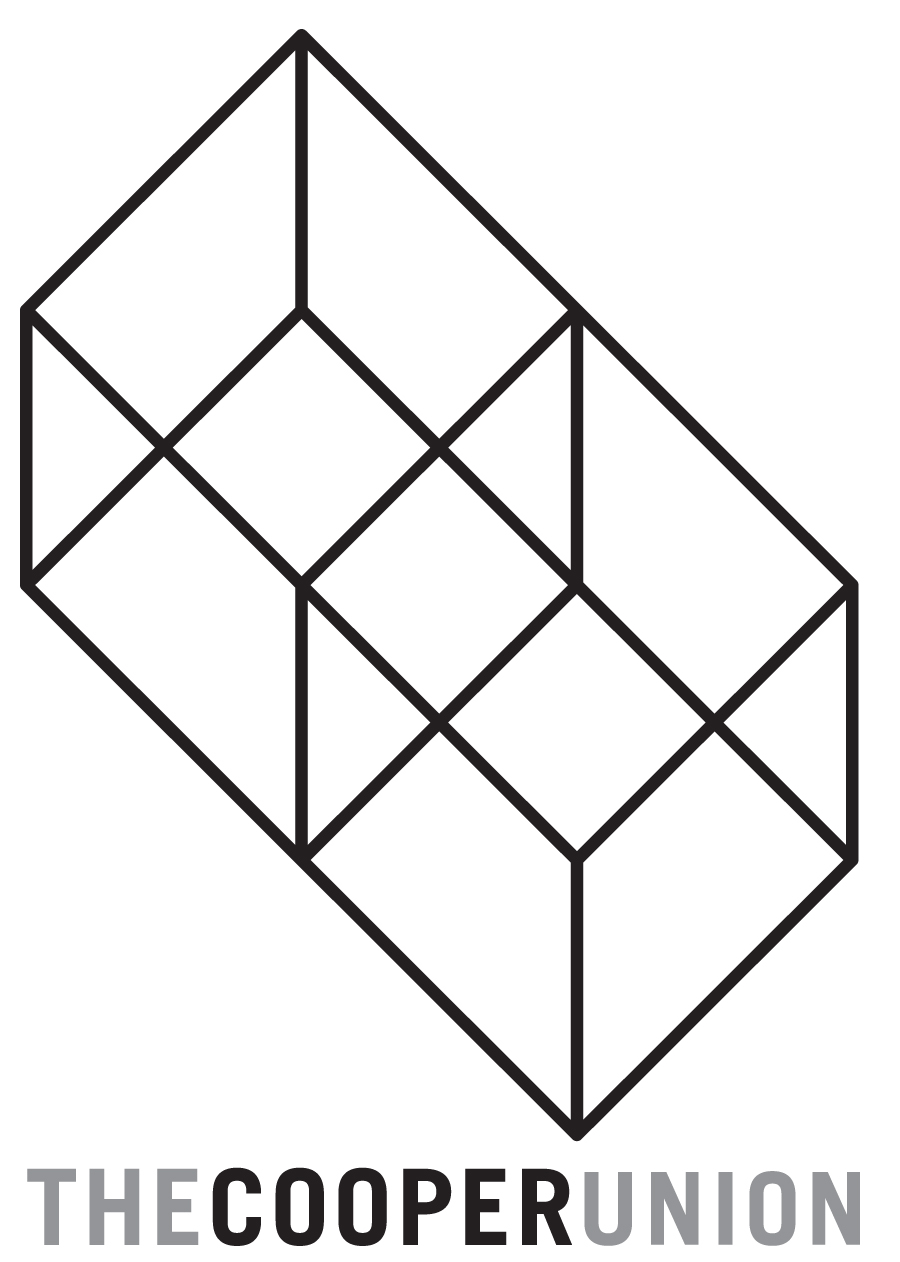[Interdisciplinary] [Civil Engineering] [Chemical Engineering] [Electrical Engineering] [Mechanical Engineering]
2024 CAPSTONE PROJECTS
[Interdisciplinary] [Civil Engineering] [Chemical Engineering] [Electrical Engineering] [Mechanical Engineering]
2023 CAPSTONE PROJECTS
[Interdisciplinary] [Civil Engineering] [Chemical Engineering] [Electrical Engineering] [Mechanical Engineering]
MECHANICAL ENGINEERING CAPSTONE PROJECT ARCHIVES
[2022] [2021] [2020]
MECHANICAL ENGINEERING
Cooper Union Design Build Fly
Scott Losirisup (ME)
Daniil Teteryatnik (ME)
Kevin Luo (ME)
Evan Lutchmidat (ME)
Advised by Professors D.M. Luchtenburg and David Wootton
Advised by Professors D.M. Luchtenburg and David Wootton
We are competing in the 2024 AIAA Design Build Fly Competition. Student-led teams design, fabricate, and demonstrate the flight capabilities of an unmanned, electric, radio-controlled aircraft to complete a series of missions. We constructed a short take-off and landing carbon fiber aircraft with a folding wing designed to complete four missions: an airworthiness flight test, medical transport, urban taxi, and a ground test. Additionally, we founded The Cooper Union Design Build Fly Club to offer students hands-on aerospace experience.
Instrumenting Clubfoot Brace to Define Proper Fit
Instrumenting Clubfoot Brace to Define Proper Fit
Afifa Areya (ME)
Alex Landinez (ME)
Emily Zao (ME)
Shahrin Khan (ME)
Advised by Professors Michelle Rosen and Eric Lima
Advised by Professors Michelle Rosen and Eric Lima
Clubfoot is a birth defect characterized by the inward turning of a baby’s foot. Treatment involves continuous bracing to maintain proper foot position and prevent recurrence. It is often difficult to verify that the brace fits properly, especially as the child grows. Our design embeds flexible sensors in a brace liner to collect pressure data and quantify the forces between the brace and the foot. We use this data to classify what constitutes a proper or improper fit.
LINK TO PROJECT POSTER
LINK TO PROJECT POSTER
CREATE: Automatic Locking Device for Manual Wheelchair
CREATE: Automatic Locking Device for Manual Wheelchair
Jakey Kluger (ME)
Irene (Won) Choi (ME)
Michelle Meiner (ME)
Sarah Heejeong Yang (ME)
Advised by Professors Melody Baglione and David Wootton
Advised by Professors Melody Baglione and David Wootton
The Cultivating Resources for Employment with Assistive TEchnology (CREATE) program run by The New York State Industry for the Disabled (NYSID) connects students with rehabilitation facilities to improve the vocational lives of individuals with disabilities. Our partner, CP Unlimited, employs individuals with disabilities as wheelchair operators. To avoid emergencies, we are developing an attachable spring loaded automatic locking device that safely secures the wheel if the operator accidentally releases the wheelchair's handles.
Team took 3rd place and shared $5,000 prize at annual CREATE competition
Team took 3rd place and shared $5,000 prize at annual CREATE competition
CubeSat-based Space Debris Mitigation
CubeSat-based Space Debris Mitigation
Maya Grutman (ME)
Vlad Bershchanskiy (ME)
Matthew Leach (ME)
Advised by Professor Michelle Rosen
Advised by Professor Michelle Rosen
In low Earth orbit, the growing debris field, which contains defunct satellites and millions of fragments, puts active and future missions at risk of collision. Our solution outfits a CubeSat, a small cube satellite of ten centimeter length, with an active deorbiting system that captures and removes debris within the 1-10 centimeter range. The platform consists of a deployable netting structure launched by compression springs to envelop target debris and deorbit the entire system by a drag sail.
Hemodialysis Needle Redesign for Improving Compliance
Hemodialysis Needle Redesign for Improving Compliance
Peter Sklavounos (ME)
Randel Placino (ME)
Fayad Sarker (ME)
Advised by Professor David Wootton
Advised by Professor David Wootton
Among the 500,000 hemodialysis patients in the U.S., over half do not follow their treatment due to needle injury and discomfort. Patients neglecting their treatment plans are at a 25% increased risk of mortality. Our temperature-sensitive needle design is rigid upon insertion to ensure precise directional control. It then becomes flexible with a 5mm bending radius at body temperature, improving patient comfort and reducing injury risk.
